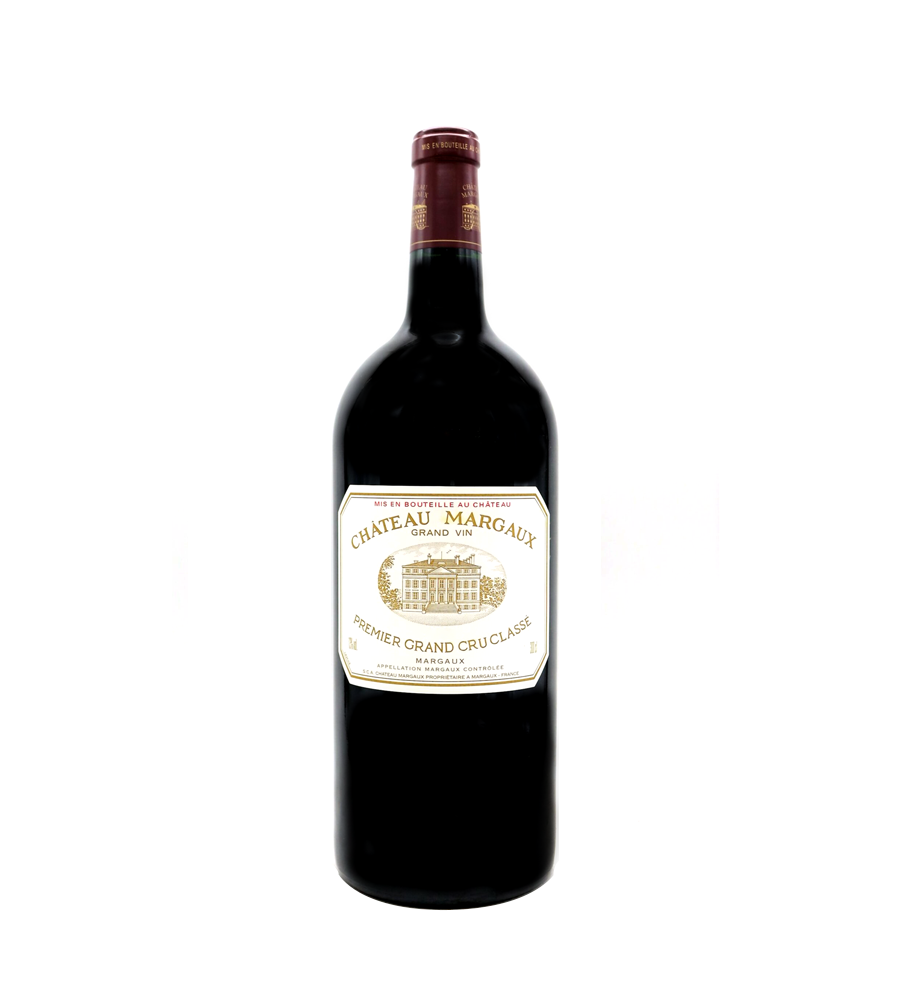Château Margaux
It owes its unique qualities to the genius of its terroir, as well as to the passionate work of a succession of generations. It is a remarkable wine that comes from a combination of characteristics that are only rarely found: finesse, elegance, complexity, density, intensity, length and freshness. Although its tannic concentration may be exceptional, it is rare to detect astringency.
The great vintages are distinguished by their formidable capacity to move us. The smaller vintages give pleasure to sensible enthusiasts. They offer the advantage of evolving very quickly and, after a few years, they reveal, rather than power, this subtlety which is the prerogative of the great terroirs.
Château Margaux has an extraordinary capacity to evolve. Over the years, it has developed a delicacy, an aromatic complexity and a remarkable presence on the palate. The wine is aged for 15 months in 10% new oak and 90% second use barrels. Due to the particularities of the vintage, Cabernet Sauvignon made up 88% of the blend, with Merlot making up only 12% of the blend. It is important to note that the wine is kept in bottle until ready to drink, which may not mean that the vintages are available sequentially.
Allergens information
Contains sulphites.
SKU: 105905-1


